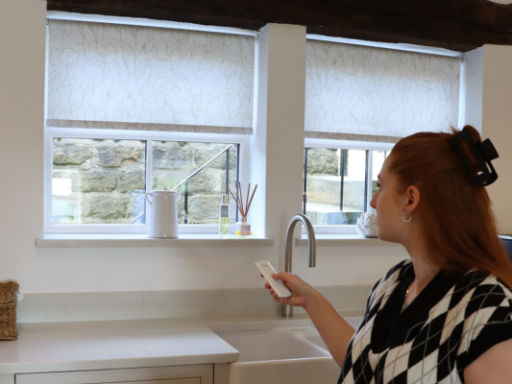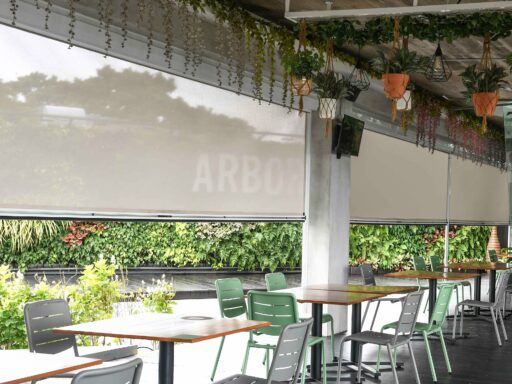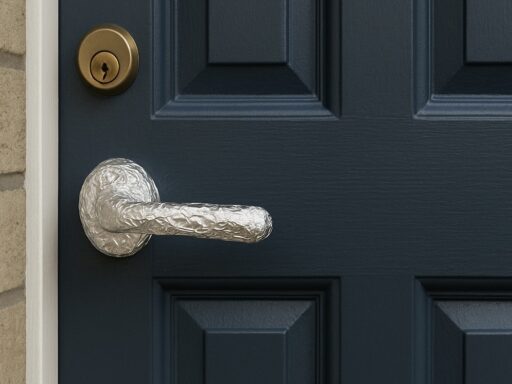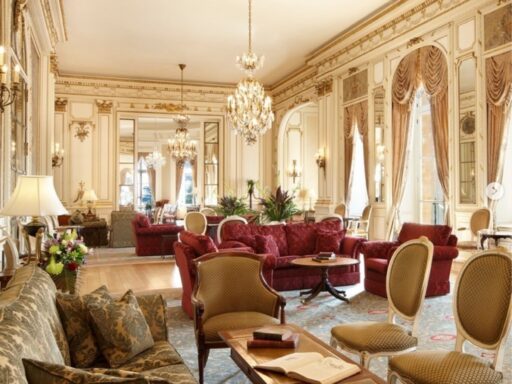Secondary glazing is rapidly gaining popularity across the UK as homeowners look for ways to retain their period window designs while improving warmth and noise insulation, according to recent figures.
The method involves adding a slim, unobtrusive pane to the inside of existing windows—enhancing energy efficiency and drastically cutting external noise levels, all without removing the original frames. It’s an ideal option for heritage homes and properties with planning constraints.
“In the last couple of years, interest in secondary glazing has really taken off,” says Colin, founder of Colin’s Sash Windows, a UK-wide specialist in timber sash windows and secondary glazing.
“It’s discreet, it’s effective, and it’s often half the cost of full window replacements.”
Despite growing awareness of energy performance, an estimated 80 million windows in UK properties still don’t meet modern efficiency standards (GGF / British Glass, 2023). One in ten homes still features single-glazed windows, which can result in up to 20% of heat loss (Energy Saving Trust).
Noise reduction is another major advantage. Secondary glazing can cut external noise by as much as 80%, making it an ideal solution for properties situated near transport routes or under flight paths (Colin’s Sash Windows). Many of these installations are now supported by local authority or airport grants.
Roughly 3 million homes in the UK remain single-glazed—many of them period properties, where traditional aesthetics must be preserved.
For landlords, the benefits extend beyond warmth.
“We often hear from landlords who are losing tenants because flats are too cold or too noisy,” Colin said. “Secondary glazing is a cost-effective way to fix both problems, protect rental income, and improve the property’s EPC rating.”
With proposed legislation tightening energy efficiency standards for rental homes, solutions like secondary glazing are becoming increasingly important for future-proofing investments without major structural changes.
In London, interest has soared—especially in conservation zones where window replacements are not permitted. Historic cities such as Edinburgh, York and Bath are also seeing an upswing in installations, as owners search for compliant yet effective ways to enhance comfort.
“Secondary glazing used to be niche, but now it’s becoming mainstream. People want warmer, quieter homes and this is a smart, affordable way to get there,” Colin added.






